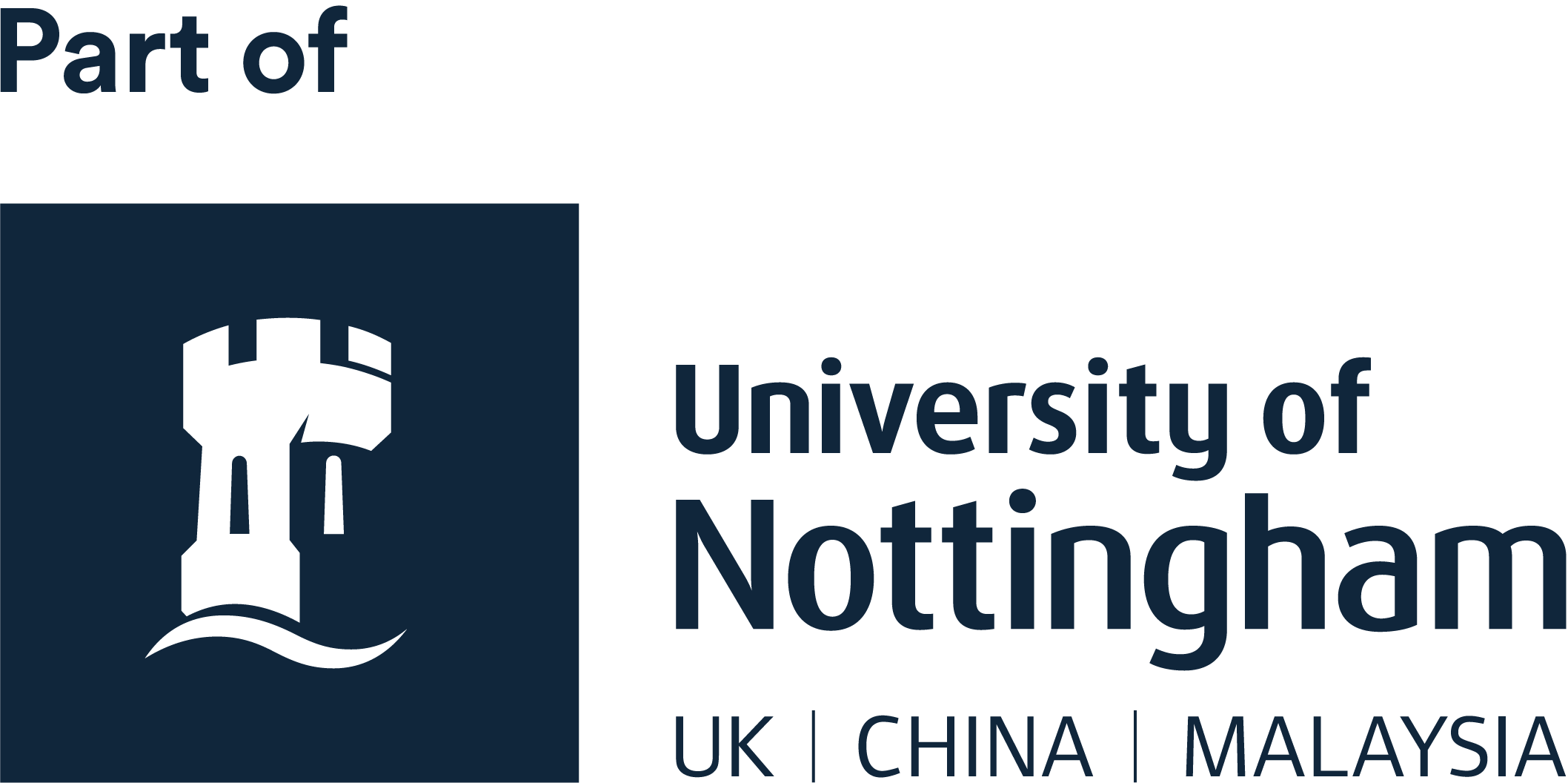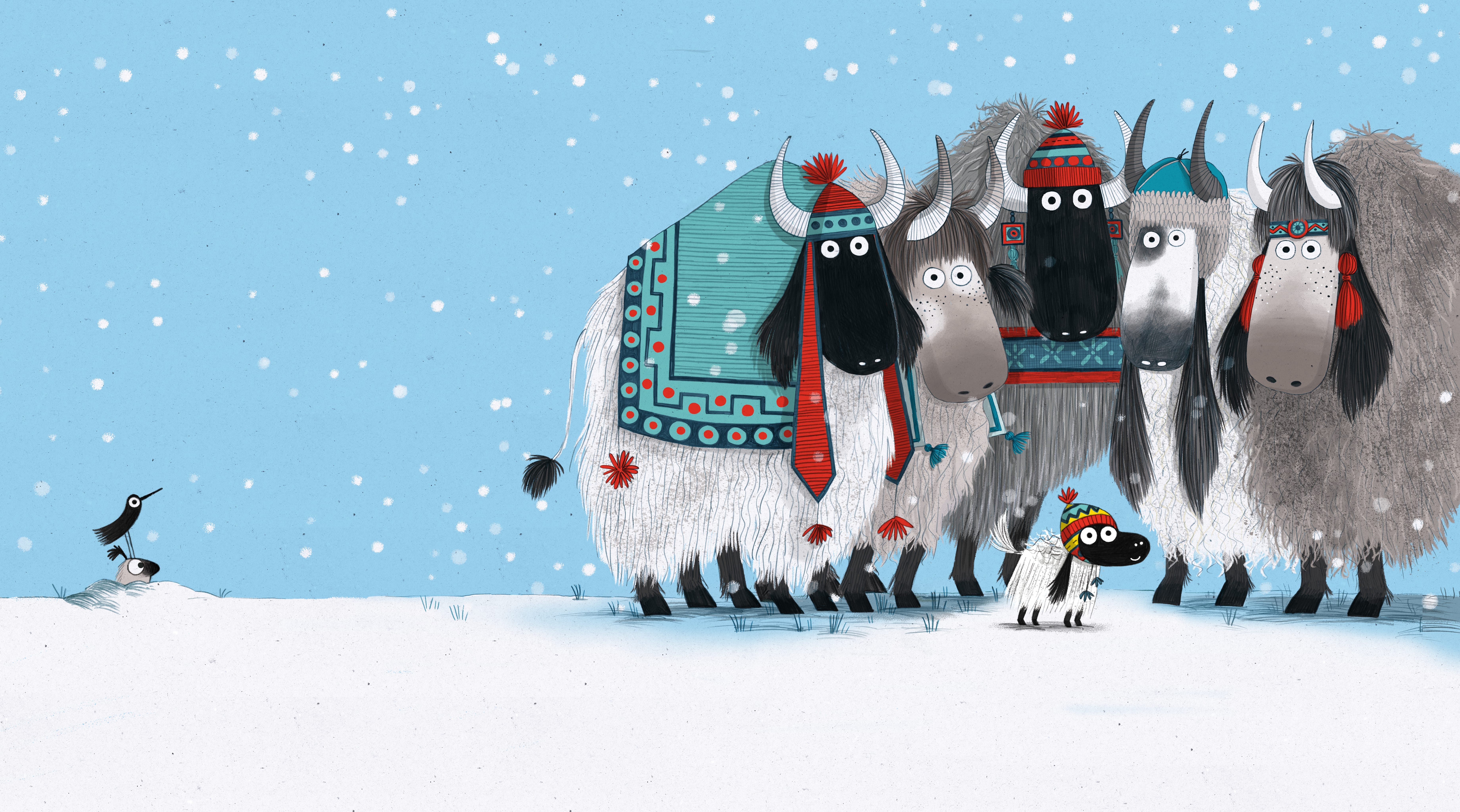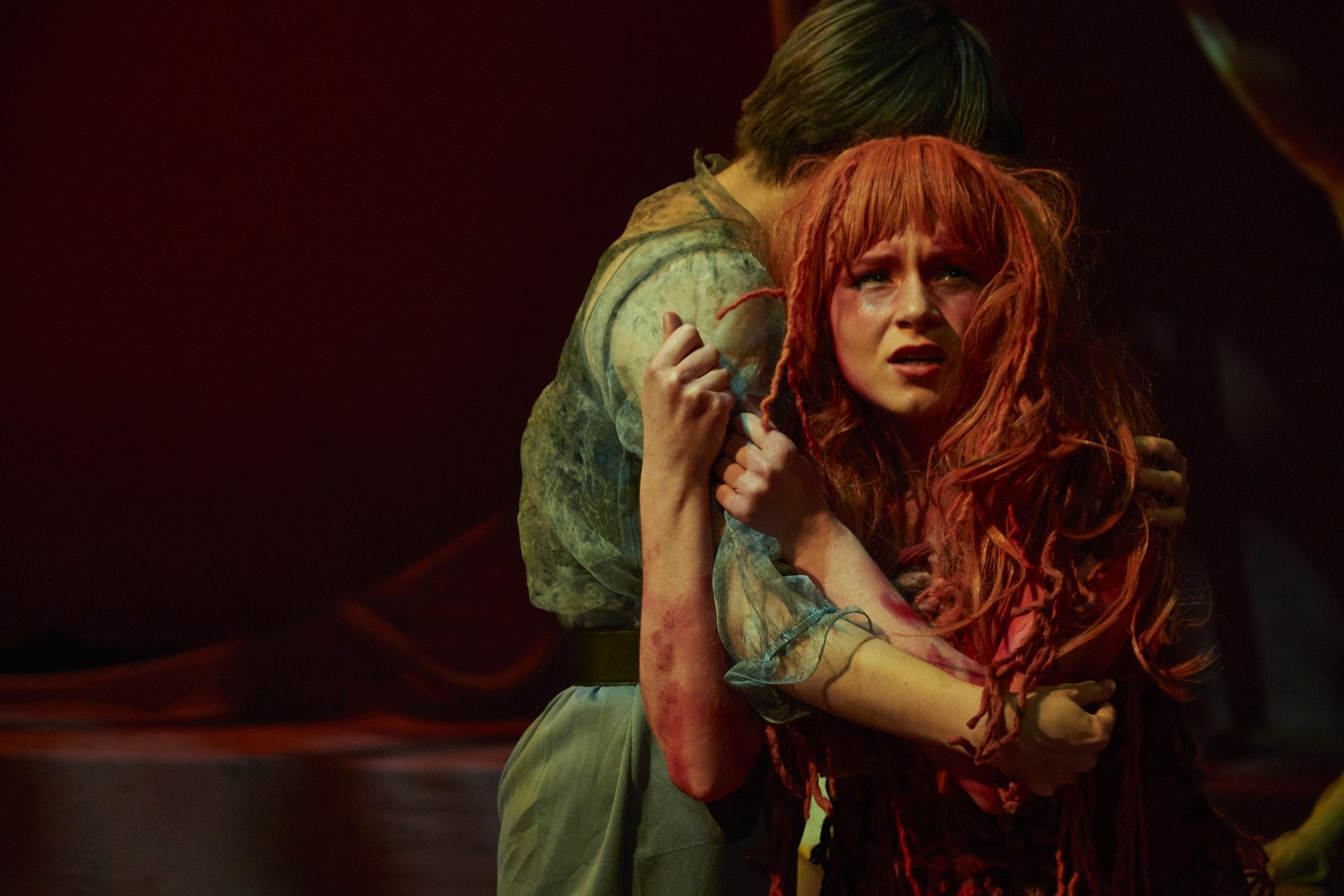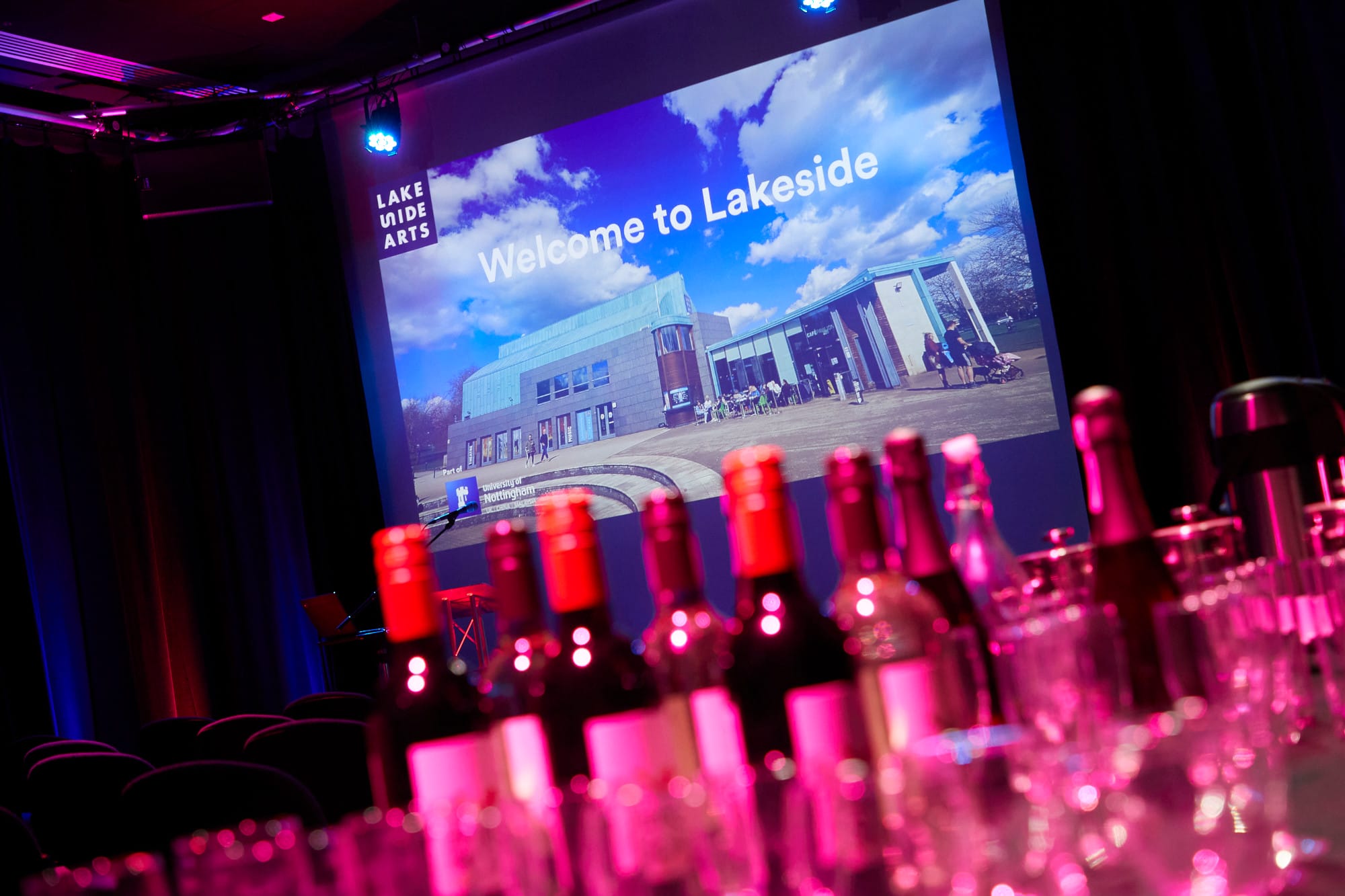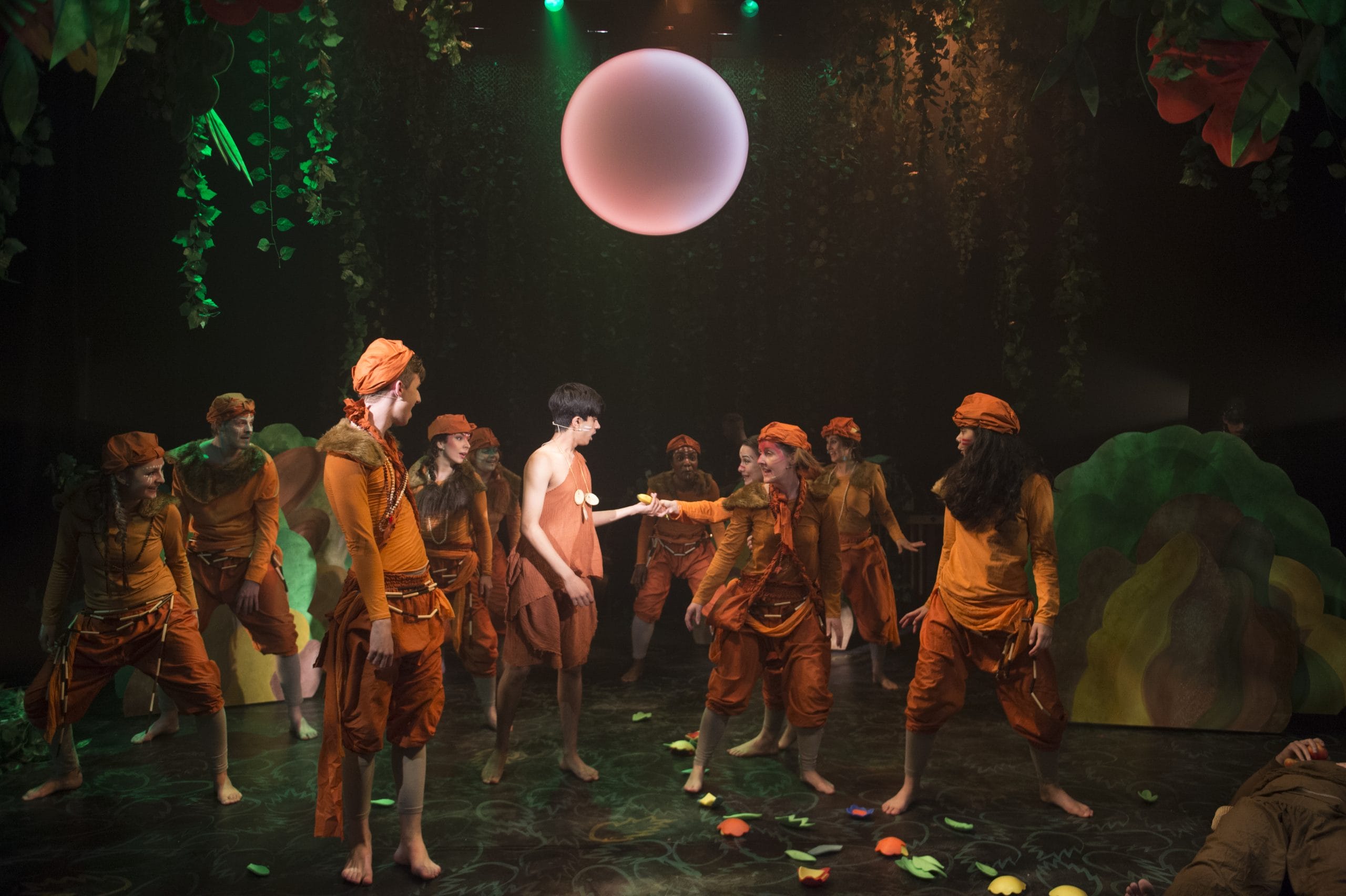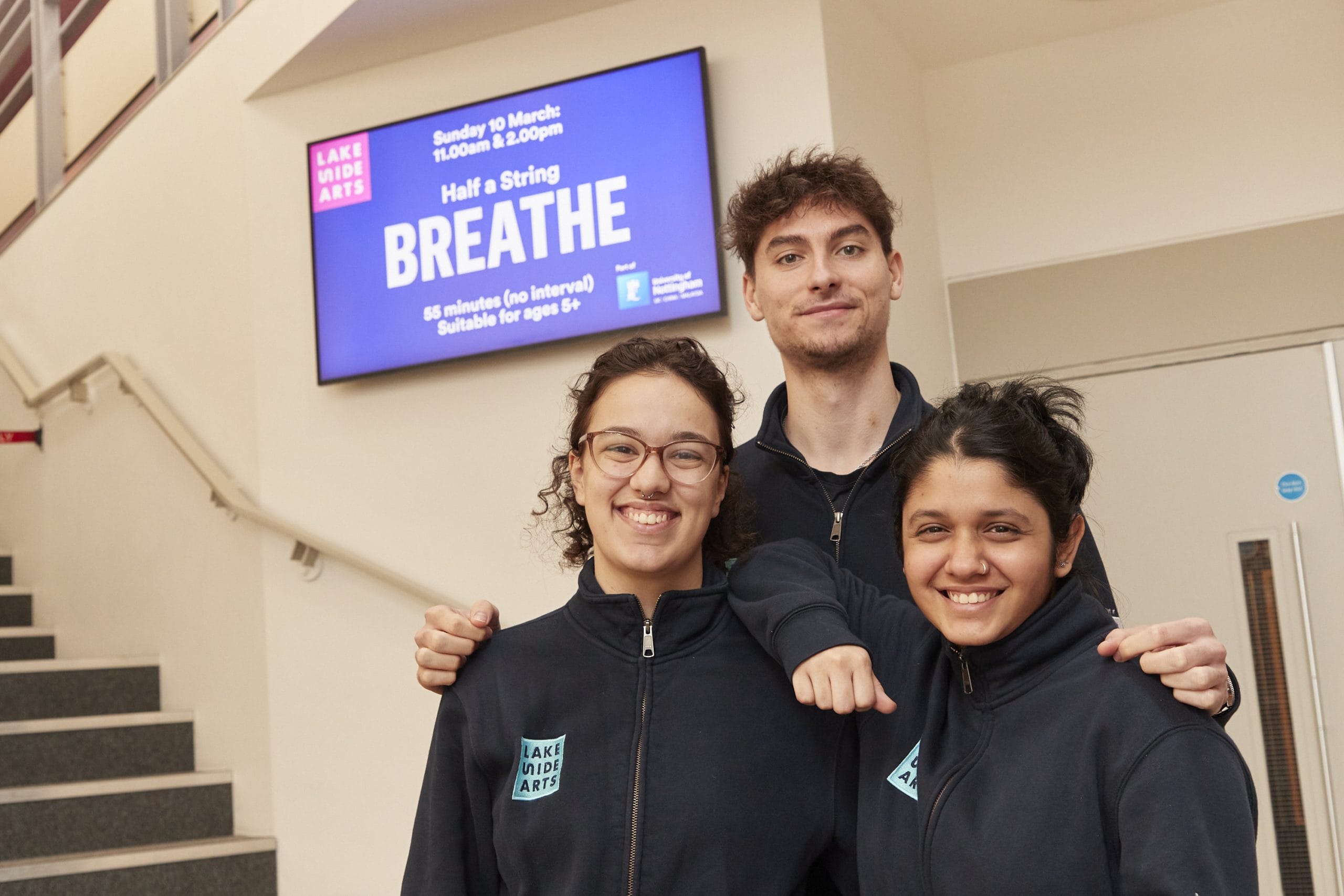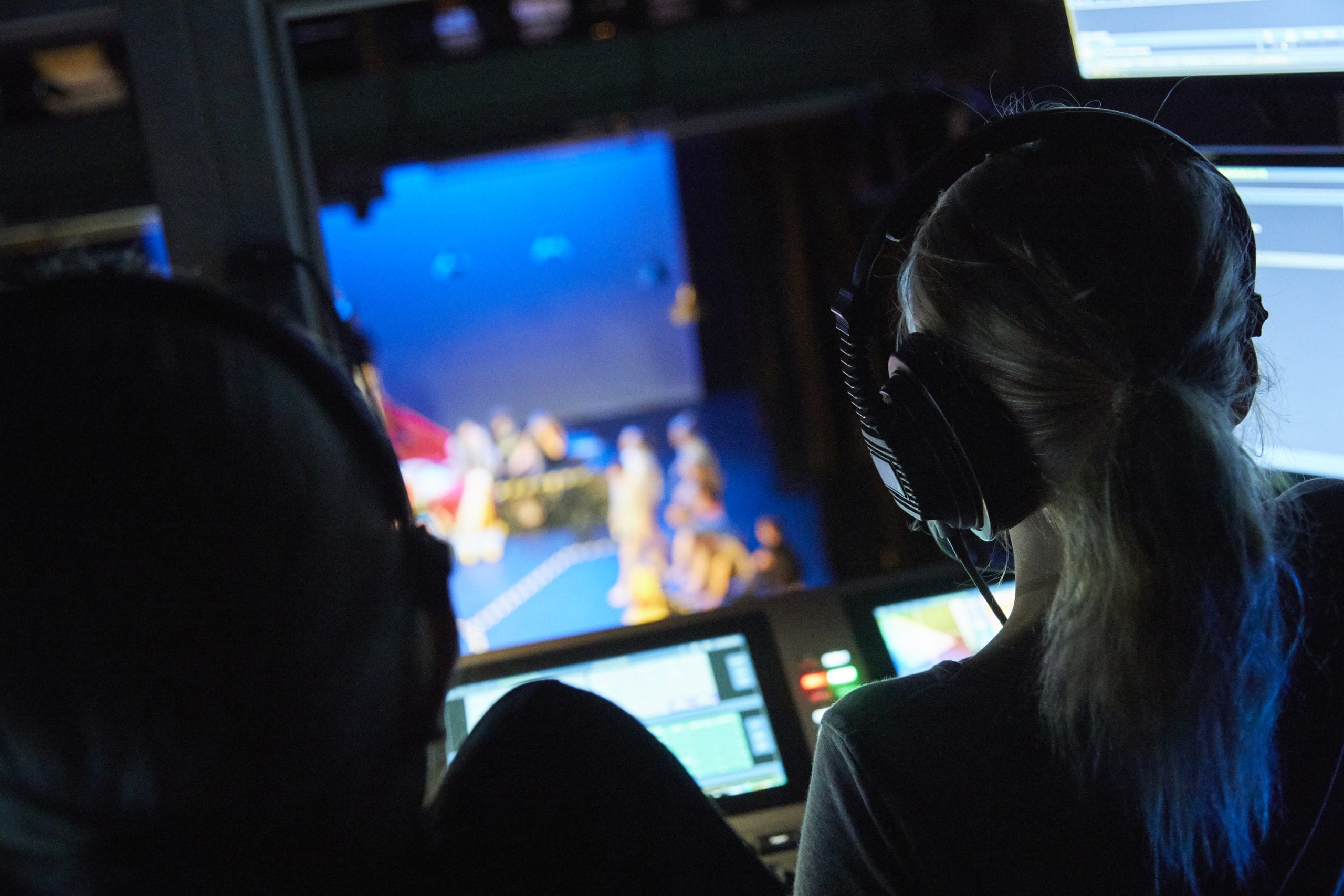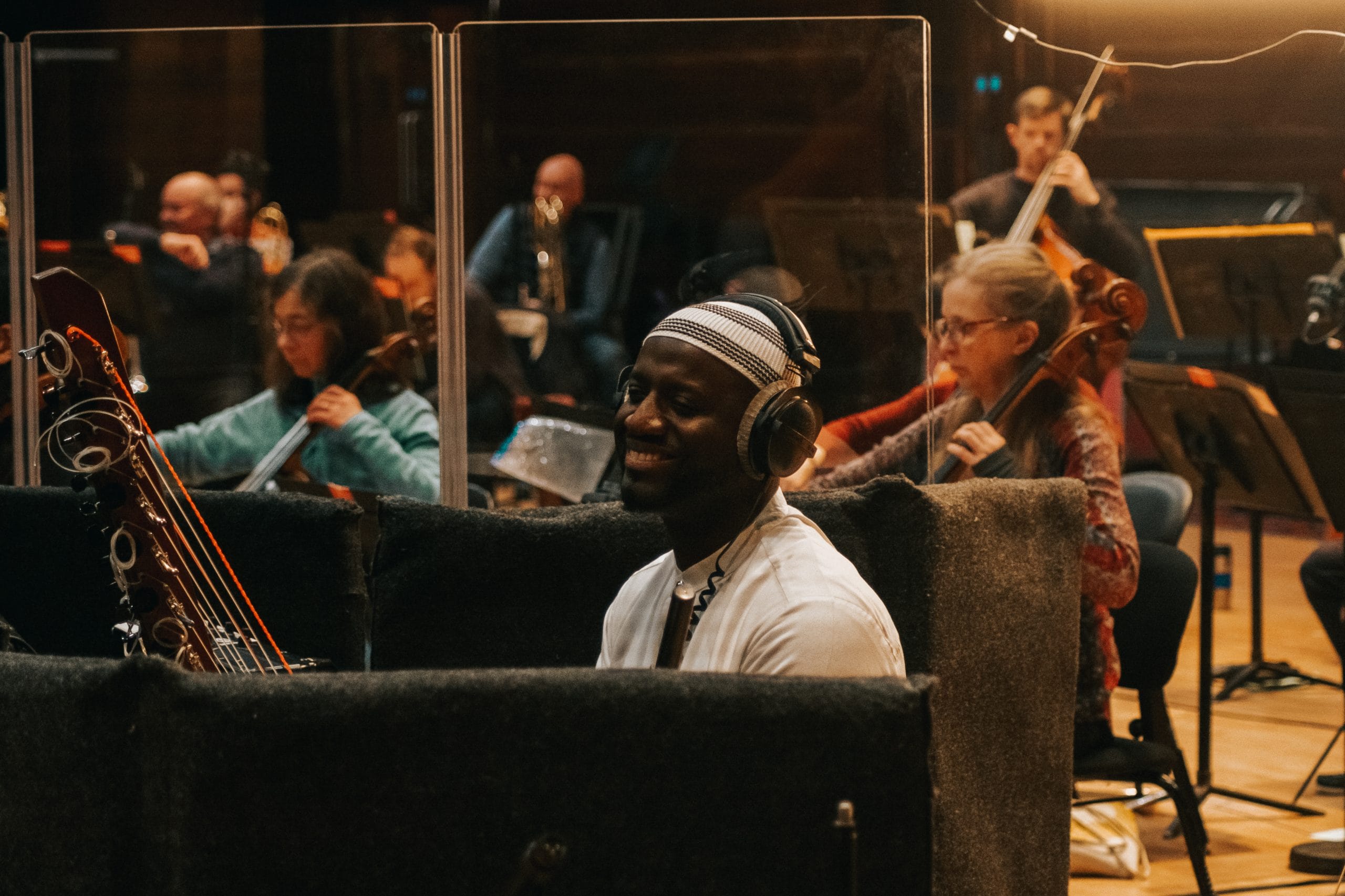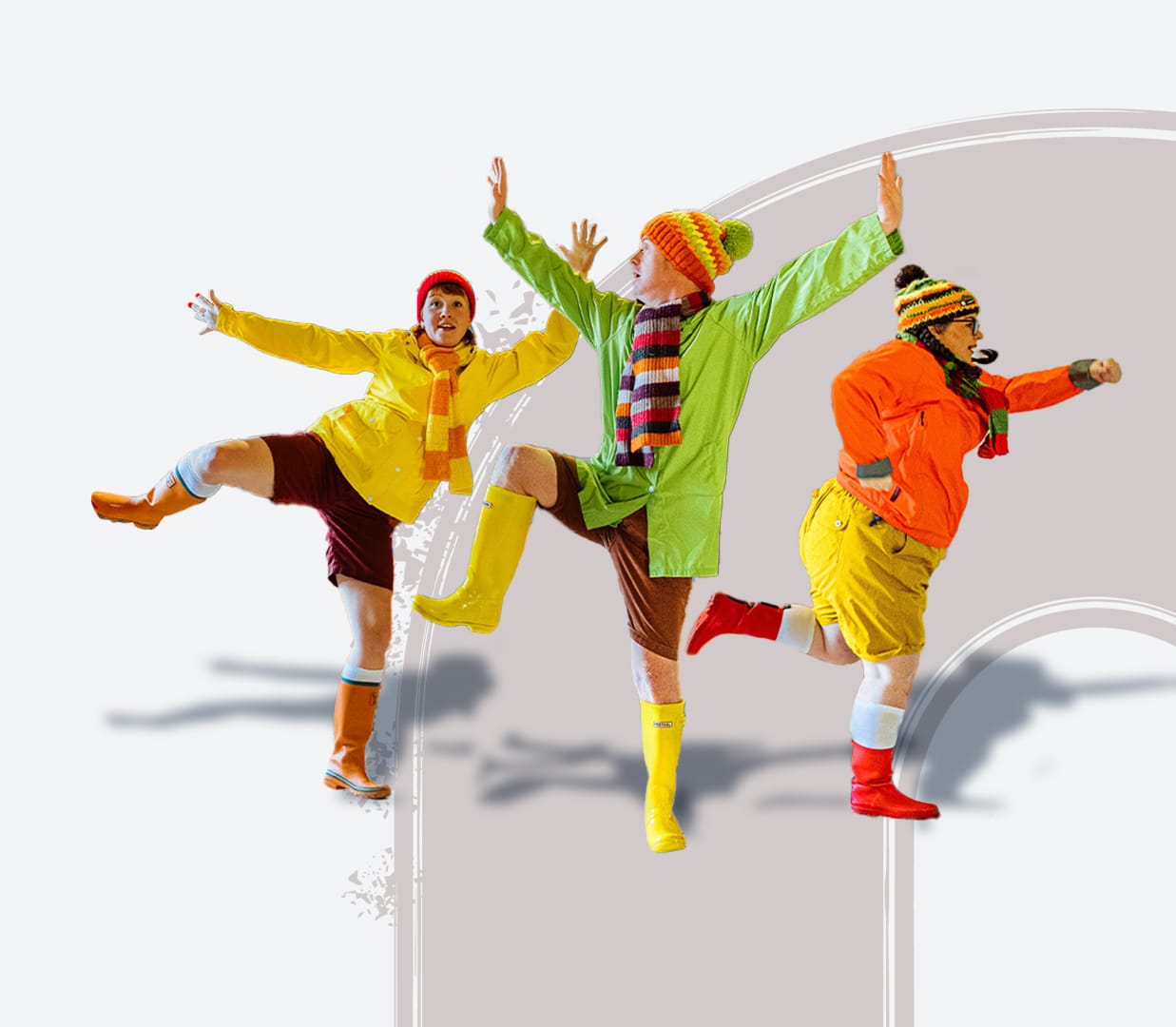Caroline Achaintre creates vividly colourful tufted tapestries that resemble impressionistic creatures. Discover more about the complex process behind these works, the art movements that influenced such beautiful pieces and more...
Material Worlds: Contemporary Artists and Textiles is a free group exhibition featuring radical and exciting contemporary artists using textiles to explore ideas of the body, identity, gender, race, heritage, myth and folklore. The potential of textiles as an art form has been pushed to extraordinary limits creating works that are theatrical, bold, unsettling and humorous.
Caroline Achaintre is a London-based artist, born in Toulouse and raised near Nuremberg. She earned a scholarship to study at the Kunsthochschule in Halle, later continuing her education at Chelsea College of Arts and Goldsmiths, University of London. Her work has been widely exhibited across England and France, including at CAPC in Bordeaux, Tate Britain in London, Musée d’Art Moderne de la Ville de Paris, and FRAC Champagne-Ardenne in Reims.
Achaintre originally trained and worked as a blacksmith, yet after several years, she moved onto other mediums due to its inability to effectively translate her artistic visions. She began creating vividly colourful and emotive ink drawings, but then sought a way to capture this intense world in a large sculptural form. After taking a tufting workshop during her studies at Goldsmiths, she found the medium that would allow her to do this. Making her first tufted piece in 2001, she has continued to work primarily in this medium ever since.
She still produces ink sketches and ceramics. Her ceramics depart somewhat from her tapestries, instead responding more directly to the material and how she can challenge its capacities. Her ceramics become Gollum-like creatures, emerging from the earth to take the form of familiar yet unnerving, primitive creatures. They evoke the idea of shed reptilian skin, with this frozen, charged movement; something that has been worn in some other life and still holds this sense of life, but a shifting of identity and rebirth.
Achaintre is drawn to wool for its physicality and primal associations. Her tufted pieces are tactile and confrontational, straddling the line between the attractive and the grotesque. She describes wool as “a non-neutral material; we can relate to it, everyone wears textiles,” noting its emotional familiarity. Yet she pushes this comfort to excess, transforming soft textures into overwhelming, almost monstrous forms: “Sometimes it is almost too much, and I like that about it, it’s almost impossible to step away from it.”
Her tapestries draw on imagery from the animal kingdom, primitive art, science fiction, and carnivals, experimenting and distorting these initial impressions to create pieces that resemble captivating creatures and masks. The works often function like Rorschach inkblot tests, where personal interpretation is demanded. This ambiguity also points to the existence of multiple personas and possibilities within the same form. This duality, and deliberate difficulty to categorise, is central to her work, reflecting a world where reality and fantasy collide and where animal and human merge.
Achaintre’s work is deeply influenced by animism, the belief that inanimate objects possess a spirit or soul. Indeed, her creations radiate a sense of presence and agency. She describes them as “a whole realm, a group of beings,” for which she tries to build a habitat. In an interview, she also cited the influence of post-war art, especially German Expressionism and British sculpture, for its unpolished, emotionally charged aesthetics. These influences are visible in her intuitive and raw art. She also draws from Primitivism, exploring tribal imagery as a way to examine “junctures between the ancient and modern, psychological and physical, exoticism and technology.”
Her process starts by collating images she has been drawn to, which she then uses to create a series of experimental sketches. She then uses a century-old technique for enlarging initial sketches by marking a grid onto the back of the canvas. Then she sketches out a rough design which she will work from, allowing enough space for spontaneity and variation. She tufts each strand of yarn into the canvas, determining its’ length, colour, and texture, a process she likens to painting with wool. Often, she starts with the eye region, as she believes they are the first point of connection. Tufting must be done from the back, meaning she often must work blindly and intuitively. This suspends a sense of tension in her work, as they are highly detailed and carefully crafted yet also wildly spontaneous and natural. Achaintre has therefore reappropriated the techniques of rug making to create something entirely new, with startling creatures staring back at you.
In Material Worlds, at Lakeside Arts, Caroline Achaintre’s HEL invites viewers to look beyond its surface. The steel frame, subtly visible beneath the weight of tufted wool, suggests the ‘bones’ of the piece, imbuing it with a sense of life, while the holes resemble disturbing, drooping, predatory eyes and a seeking, hungry mouth. The colour palette is softer than many of her other pieces, using pastel greens, pinks, blues, and yellows in smatterings. The soft colours are mottled with brown, making it appear like the markings of a leopard, reinforcing the sense of animalism and predation. In HEL, her interest in ritualistic and folkloric traditions, along with her intrigue in duality and ambiguity, comes to the fore.
The Material Worlds exhibition is open to visit until 31st August 2025 at the Djanogly Gallery, Lakeside Arts. Find more details here.
